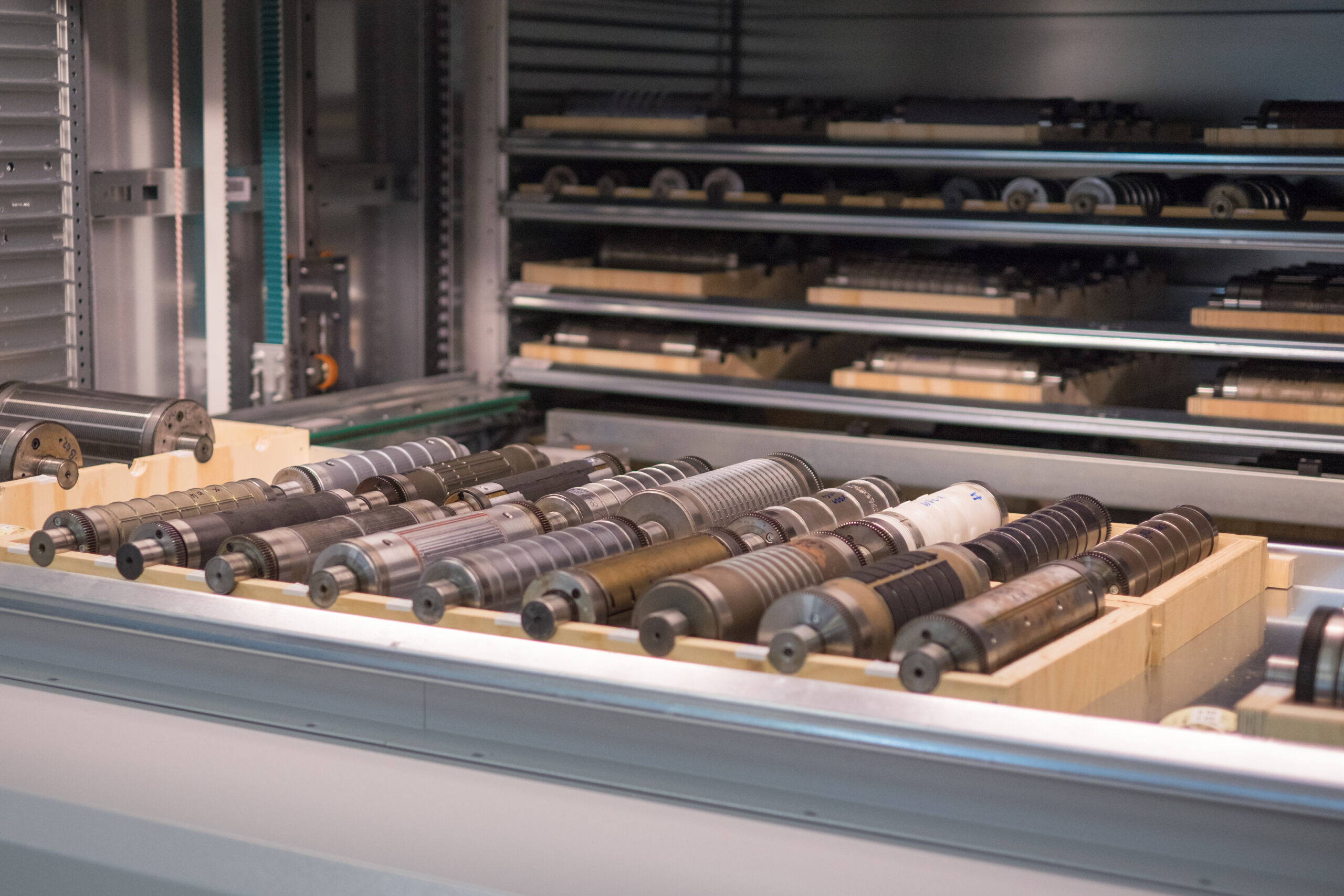BY ALT Technologies | 04th January 2021


Taking the necessary steps in our processes to adapt to, and grow with, Industry 4.0 and Predictive Maintenance.
Industry 4.0, or the emergence of Smart Factories, has enabled companies to predict when their machines and tools may go into disrepair through the use of Internet of Things (IoT). IoT involves technology that allows for tool analysis to make better-informed decisions in real-time.
By attaching RFID sensors to the tools in your factory, you can track relevant data such as temperature, vibrations, or rotations to ensure that the sensors operate accordingly at all times. Smart factory management systems use this data in conjunction with advanced prediction models and analytical tools to predict failures and address them proactively.
Instead of waiting for the tools to fall into disrepair, or planning unnecessary maintenance, the models will accurately predict how well it’s functioning. This takes the guesswork out of maintenance and saves you time and money in the long run.

First of all, you must look at your internal business processes and outcomes to see how you can apply predictive maintenance techniques. There is no point tracking small, unnecessary procedures if they don’t directly impact critical business decisions.
At ALT we use predictive maintenance in our factory by tracking the anvil and die tools, as well as the related process components that cut our products. Our knowledge of RFID, combined with our desire to grow with Industry 4.0, has allowed us to patent this tool tagging process. We used RFID tags and readers on the tools. Once the tools are in place and the machine starts its production run, the sensor reads the ID code linked to the speed and pressure data.
Did you know?
Anvil cylinders are used in tandem with rotary cutting dies and cylinders by rotating in the opposite direction to the die. The anvil provides a surface against which the rotary cutting die cuts the product.

Pressure tracking is critical because if the pressure is too great, the knife that cuts the parts will wear down too quickly, causing unnecessary downtime. The ability to now track this within our systems enables us to plan ahead:

The models’ algorithms become smarter over time due to their data processing abilities. This enables organisations to make more profound, accurate decisions as they are learning through this real-time data.
Multiple processes are working here in unison, but one of the critical factors is the tools’ RFID sensors. Without these sensors, we couldn’t attach the critical process parameters to the tool being used. The detailed sensor data stored in our databases helps us better understand the processes and make better decisions.
 Rotary Die Tools
Rotary Die Tools
While it may seem like a daunting task to introduce new sensors and system components to track tools, there are many benefits of RFID technology. After we assessed our processes and how we could monitor the equipment, we evaluated the financial and performance gains that the Smart Factory will bring about for RFID Identification labels. ALT Technologies aims to explore the integration of RFID & predictive maintenance into production processes even further, as we see the many benefits that tool tagging brings to our business.
It is amazing to see that RFID can be implemented into our and our customers’ factories in multiple ways; from RFID tool tagging to RFID identification labels. Please contact us today if you would like to know more about what RFID labels can do for your organisation, the self-adhesive components produced by ALT, or the ALT RFID tool tagging process.
CONTACT USVIEW RFID LABELS